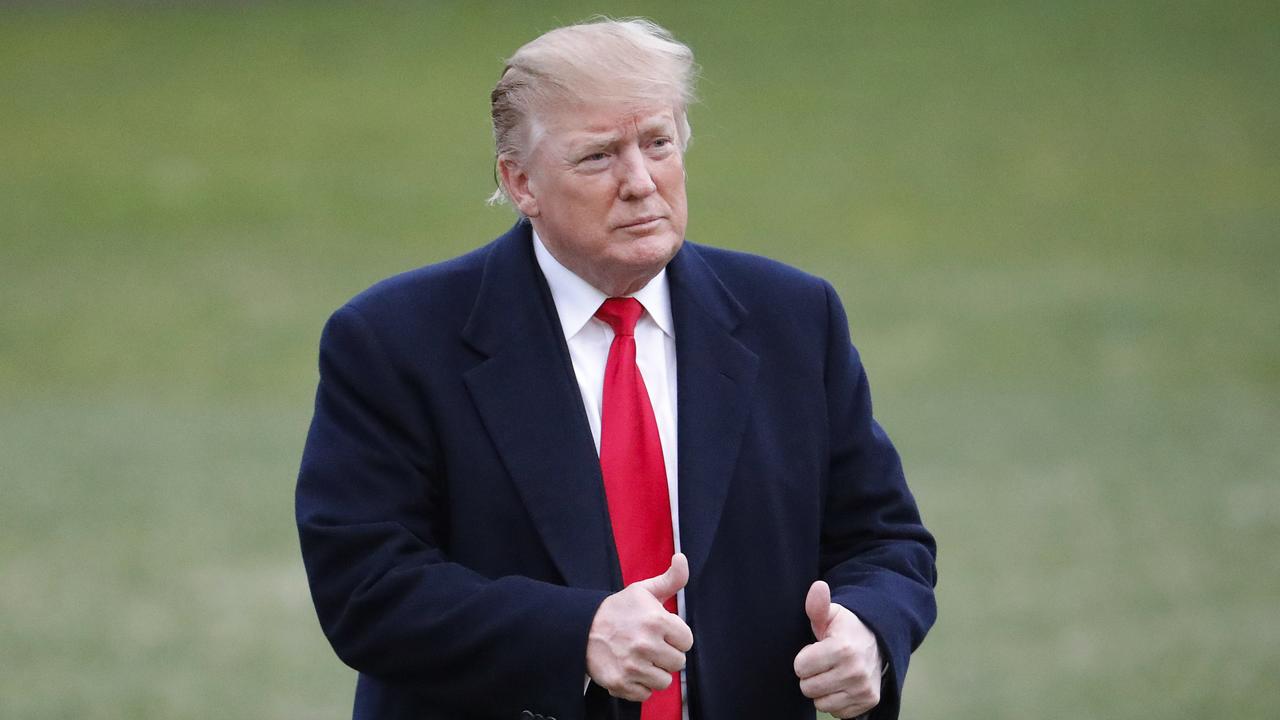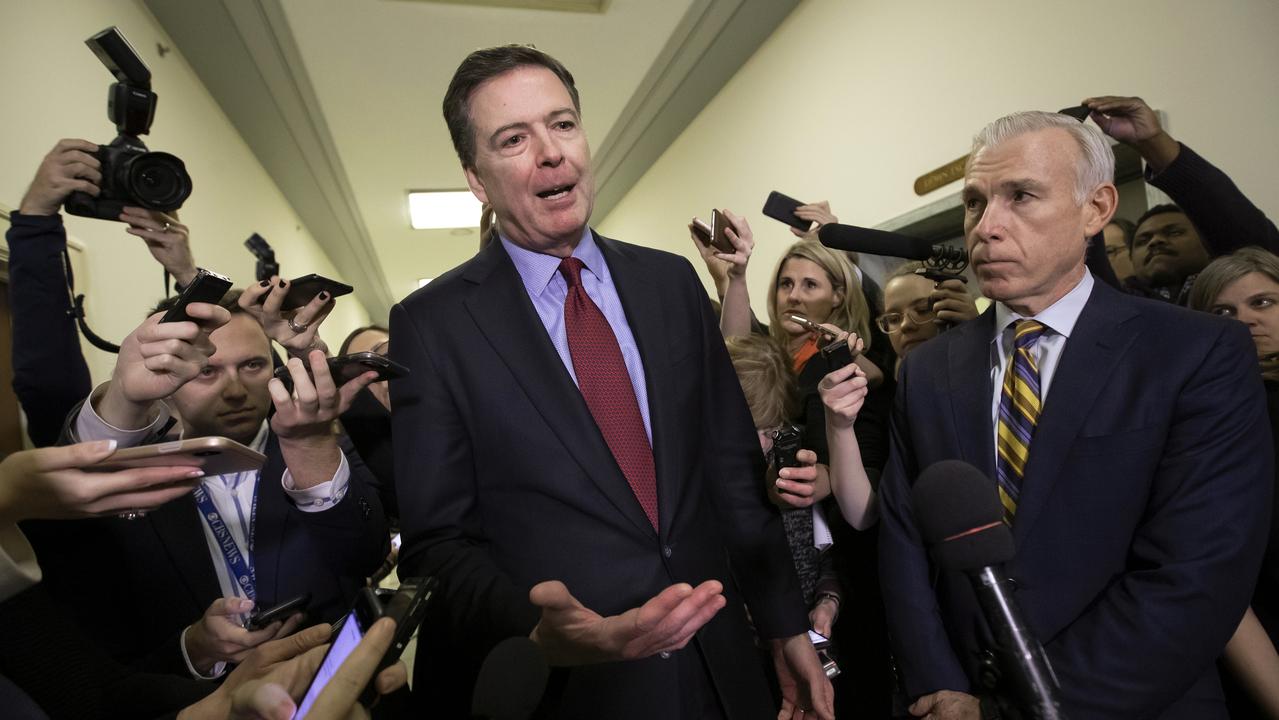Day of infamy
HOW the events leading up to the infamous tragedy unfolded.

IN the wake of the devastating decade of Cultural Revolution that concluded with Mao Zedong’s death, Deng Xiaoping cast a new, unwritten contract with the exhausted Chinese people on behalf of the ruling Communist Party: you let us rule as before and in return we open the doors to international economic engagement so your living standards will rise rapidly.
As people gained the freedom to do business, to choose their own careers and spouses, to travel, students pressed for an even faster rate of liberalisation.
Some political leaders joined in the conversation. China was changing and, particularly to the young, everything seemed possible. Zhao Ziyang, the Chinese Communist Party general secretary, even proposed that the party should give up its control of certain ministries and leave them under government authority.
Across the country, students were pushing the envelope with sporadic demonstrations. On April 15, 1989, Hu Yaobang — the fourth and final figure to become chairman of the party — died. Students who were already planning to mark on May 4 the 80th anniversary of China’s greatest student movement brought forward their gathering — both in tribute to the passing of a leader who, they felt, encapsulated the more liberal spirit of the age and as an opportunity to press their diverse causes.
Prominent among these were corruption, on the rise in parallel with the economy, and inflation, which reached 18 per cent that year. These causes attracted broader support, with many ordinary Beijing citizens joining the demonstrators, who had parked themselves in Tiananmen Square, flanked by the Great Hall of the People and the Forbidden City.
The nerve centre in Zhongnanhai of the new emperors, the party chiefs, was located only a brief walk away. The numbers swelled to about a million before slowly subsiding, particularly following the awkward state visit of Russian president Mikhail Gorbachev, as it became clear the party leaders were not prepared to make substantial concessions. Nevertheless, a large crowd remained and democracy — personified in a Statue of Liberty-like “Goddess of Democracy” — came increasingly to the fore.
Deng, by then 84 years old, was becoming increasingly concerned about the threat the demonstrators posed to party control. He viewed as a sign of weakness Zhao’s visit to the square. And he had retained the chairmanship of the Central Military Commission.
On May 18 the other politburo standing committee members, minus Zhao, met Deng and agreed to impose martial law and to mobilise up to 250,000 troops and police.
Most of the soldiers came from rural areas and had never been to Beijing. They were told they were to fight “counter-revolutionaries”.
Late in the evening of June 3, 15,000 troops, including tank and artillery units, moved into the square from the west. Large numbers of people, including many who were not protesting, were killed.
It remains unknown how many people died and exactly where. Several hundred at least.
Protests had also broken out elsewhere in China in 1989 and were also put down with varying degrees of harshness.
Many people disappeared after June 4, some never to be seen again. Others were jailed for lengthy periods. The relatives of those killed remain under surveillance.
The square itself is subject to ever increasing controls, in part because of the intensity of the symbolism that June 4 enshrines, casting a cloud over the centre of the nation itself.



